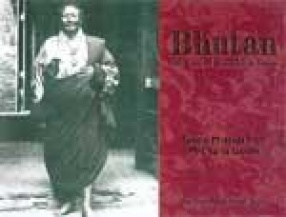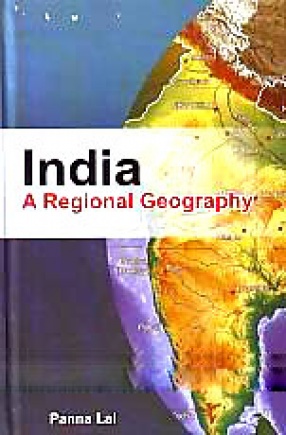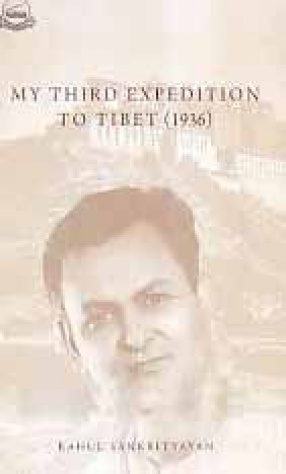Scholars are generally agreed that the evolution of Bhutan as a modern state can be attributed to four major events. These are, the advent of Buddhism in Bhutan with the arrival of Guru Padmasambhava in the 8th century AD; establishment of the Drukpa Kargue Sect by Phajo Drugom Shigpo in 13th century AD; the unification of Bhutan under a central authority by Shabdrung Ngawang Namgyal in 17th century AD and the coming about of a hereditary monarchy under King Ugyen Wangchuck in the early twentieth century. Since the 17th Century the form of government in Bhutan has consisted of a dual control, jointly exercised by the clergy and laity, in the persons of the Dharam and Deb Rajas as incarnations of former Lamas. By degrees, the real power passed into the hands of the powerful Penlops, who warred continually among themselves for the supreme authority and in turn, nominated their own uppets as the Dharam and Deb Rajas resulting in continuous civil strife. In 1903, when the Tibet Mission under Colonel FE Younghusband, sought help from Bhutan, Ugyen Wangchuck, the "Tongsa Penlop," who was the most powerful official in the Bhutan Durbar, rendered full cooperation for which the British Government invested Ugyen Wangchuck with K.C.I.E. that enhanced his prestige and enabled Ugyen Wangchuck, to be elected to rule over Bhutan unanimously by the different Chiefs of Bhutan. Thus on 17th December 1907, the rule of the "Wangchuck Dynasty" was formally established with the coronation of Sir Ugyen Wangchuck. Dynastic rule, laid the foundation for everlasting peace and tranquility in Bhutan. The country under the Wangchucks has progressed rapidly towards economic self-reliance with democracy taking root in the country. This book was conceived and written to commemorate 100 years of Wangchuck Rule, when the Kingdom becomes a democracy with His Majesty, Druk Gyalpo, assuming the role of a "Constitutional Monarch."
India: A Regional Geography
$59.40
$66.00





There are no reviews yet.